Promoting a podcast with limited or no budget can be a challenging task, which is why I’ve crafted this blog to focus on enhancing SEO for podcasts. While various podcasting platforms have their own unique guidelines, my extensive research and practical experience have led me to develop an effective strategy that I personally use for my own podcast, Girl with a Camera. In this blog, I’ll reveal top-tier and lesser-known SEO techniques that can help your podcast gain visibility without the need for paid promotion.
SEO (Search Engine Optimization) for podcasts works somewhat differently than it does for text-based content like blogs or articles. Here are some key points to consider:
Podcast SEO Basics:
Metadata
The title, description, and tags associated with your podcast episodes can help search engines understand what your content is about. Make sure to use relevant keywords.
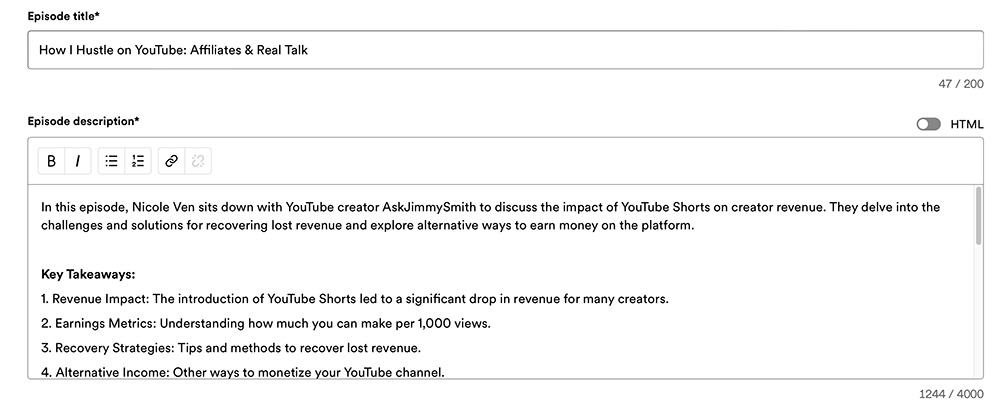
Podcast Directories
Submitting your podcast to directories like Apple Podcasts, Spotify, and Google Podcasts can help improve visibility. These platforms have their own internal search engines that can drive traffic to your podcast.
Episode Transcripts
Google can’t “listen” to your podcast episodes, but it can crawl and index text. Providing a transcript of each episode on your website can make your content accessible to search engines. You can transcribe your podcast episode in Premiere Pro and then download it or use platforms like Podsqueeze to create transcriptions, show notes, timestamps, blog posts, newsletters and more in seconds. Use code NICOLE at check out to get 10% off.
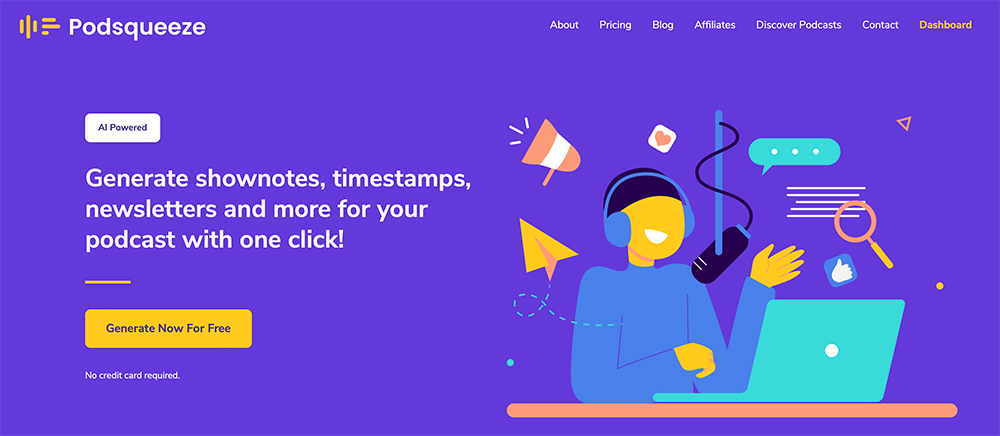
Show Notes
Detailed show notes that summarize the key points of each episode can also help with SEO. These notes can be keyword-rich and provide a good snapshot of what the episode is about.
Backlinks
Just like with any other type of content, backlinks from reputable websites can boost your podcast’s SEO.
Social Sharing
Encourage listeners to share episodes and write reviews. More engagement often leads to better rankings in podcast directories and search engines.
If you want to learn everything about Podcasting in your own pace, you can buy my online course for just £59.

Should You Publish Blogs and Transcriptions?
Publishing transcriptions is a good idea for SEO. It makes your content accessible to search engines and also caters to people who prefer reading over listening. Turning key points from your podcast episodes into blog posts can also be beneficial. This allows you to expand on topics and include additional keyword-rich content, which can improve your site’s SEO.
If you do create blogs based on your podcast episodes, make sure to link between the two. This can create a more cohesive user experience and also help with SEO.
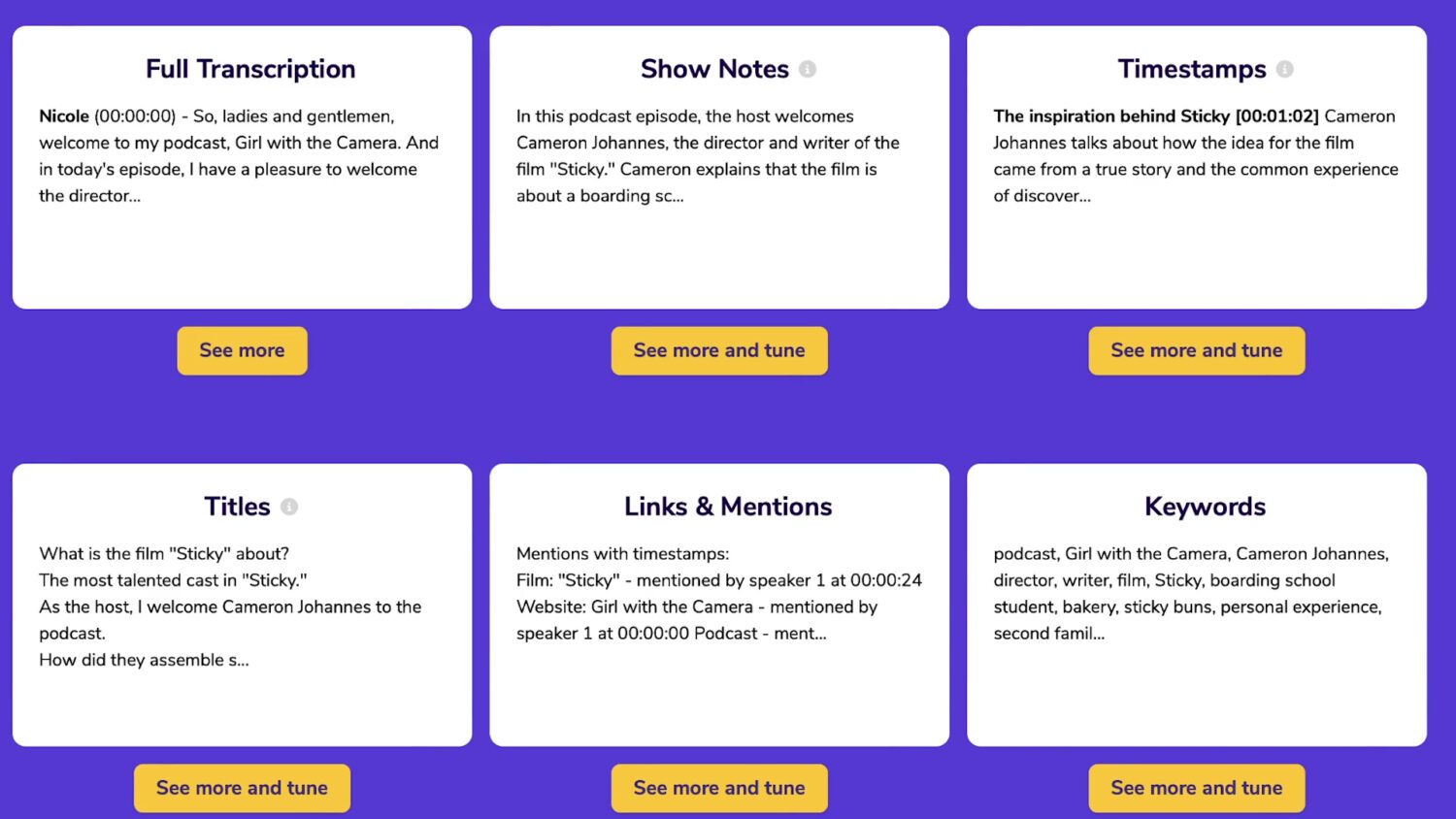
In summary, while Google can’t listen to your podcast, there are several strategies you can employ to make your podcast more SEO-friendly. Providing transcriptions and creating related blog posts are both effective ways to improve your podcast’s search engine visibility.
How long should a podcast episode title be to improve SEO?
The length of a podcast episode title can have an impact on its search engine optimization (SEO), but there’s no one-size-fits-all answer. However, there are some general guidelines you can follow:
Optimal Range: Aim for a title between 20 to 60 characters. This range is often cited as being SEO-friendly and is more likely to display well across various platforms.
Maximum Length: Different podcast directories have different character limits for titles. Apple Podcasts, one of the largest directories, allows up to 255 characters, but using all of them is generally not recommended.
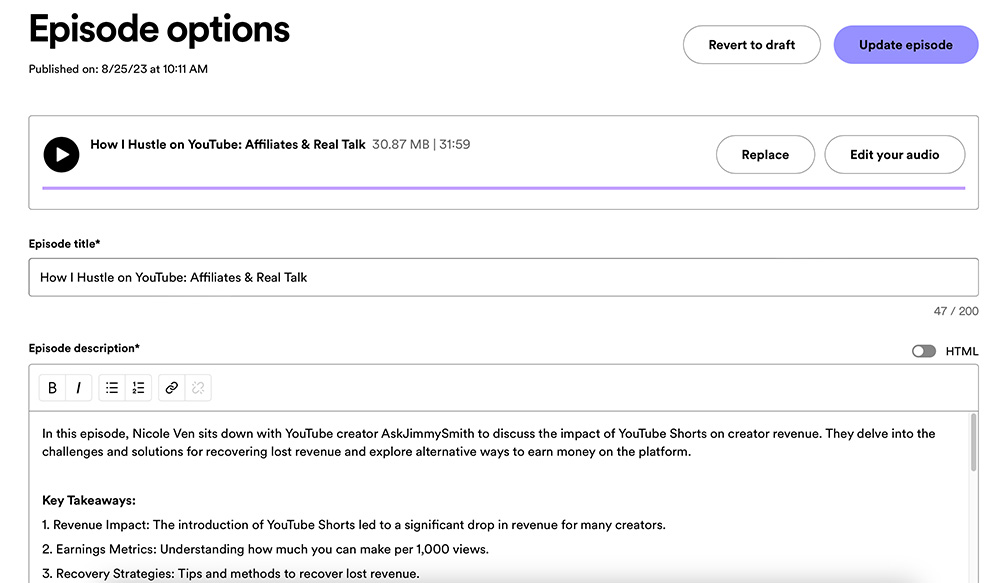
Readability
Clarity: The title should clearly indicate the episode’s main topic or focus. This helps both the algorithm and potential listeners understand the content.
Keywords: Incorporate relevant keywords naturally. This can help improve the episode’s visibility in search results.
Avoid
Clickbait: While it might be tempting to use sensational titles to attract more listeners, this can backfire if the content doesn’t live up to the promise.
Special Characters: Avoid using special characters or excessive punctuation, as these can cause issues with search algorithms and are often not displayed correctly on all platforms.
Test and Tweak
Analytics: Use analytics tools to monitor how well your episode titles are performing in terms of attracting and retaining listeners.
Adjust: Don’t be afraid to tweak your titles based on performance data and feedback.
Remember, the goal is to create a title that is both SEO-friendly and appealing to potential listeners. Balancing these two aspects is key to maximizing your podcast’s reach.
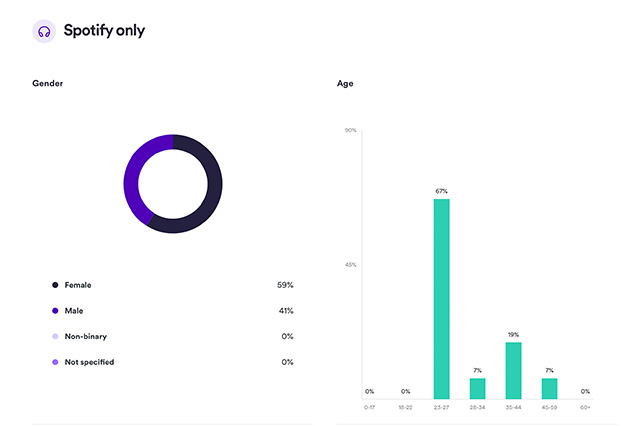
Where should I display podcast show notes?
Show notes for a podcast can be placed in multiple locations to maximize their utility for both listeners and SEO purposes. Here are some common places where show notes are often displayed:
Episode Description
Most podcast platforms allow you to include a description for each episode. This is a good place to put a condensed version of your show notes, including key points and any links mentioned during the episode. If your podcast platform supports it, adding timestamps to the episode description can help listeners navigate to specific sections of interest.
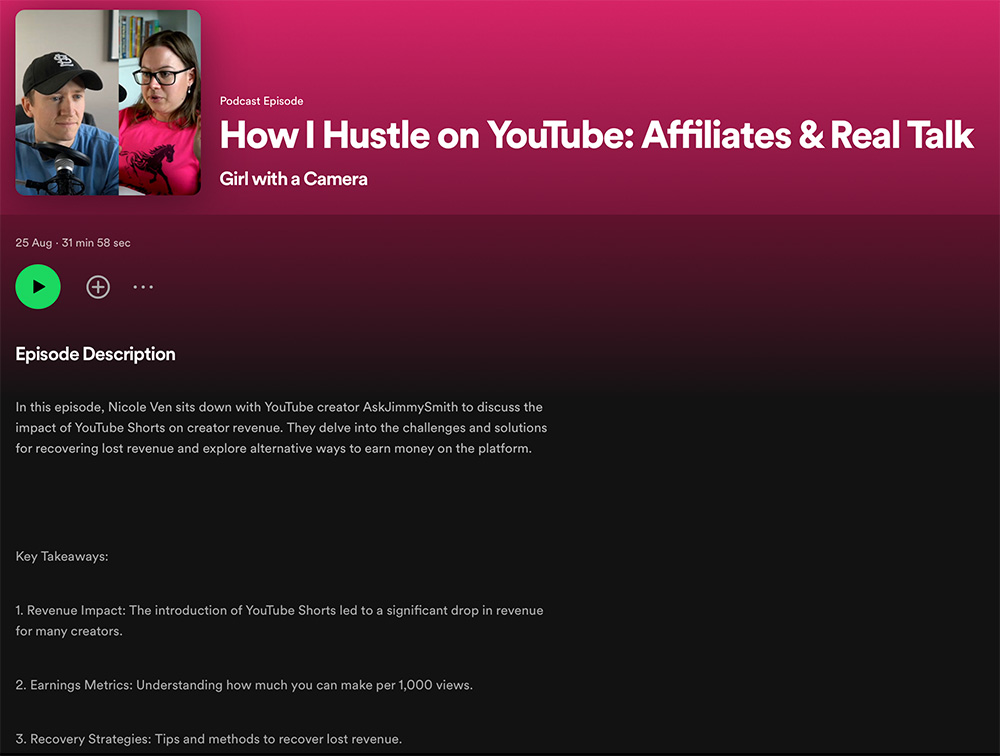
Blog Section
If you have a blog on your website, you can publish show notes as individual blog posts. This can be particularly useful for SEO, as it allows you to include more keyword-rich content.
Social Media
Post Summary When sharing your podcast episode on social media platforms, you can include a brief summary or some key points from the show notes to entice potential listeners. You can also provide a link to the full show notes on your website, encouraging interested listeners to learn more. One of the effective and creative ways is to publish quotes from the episode.
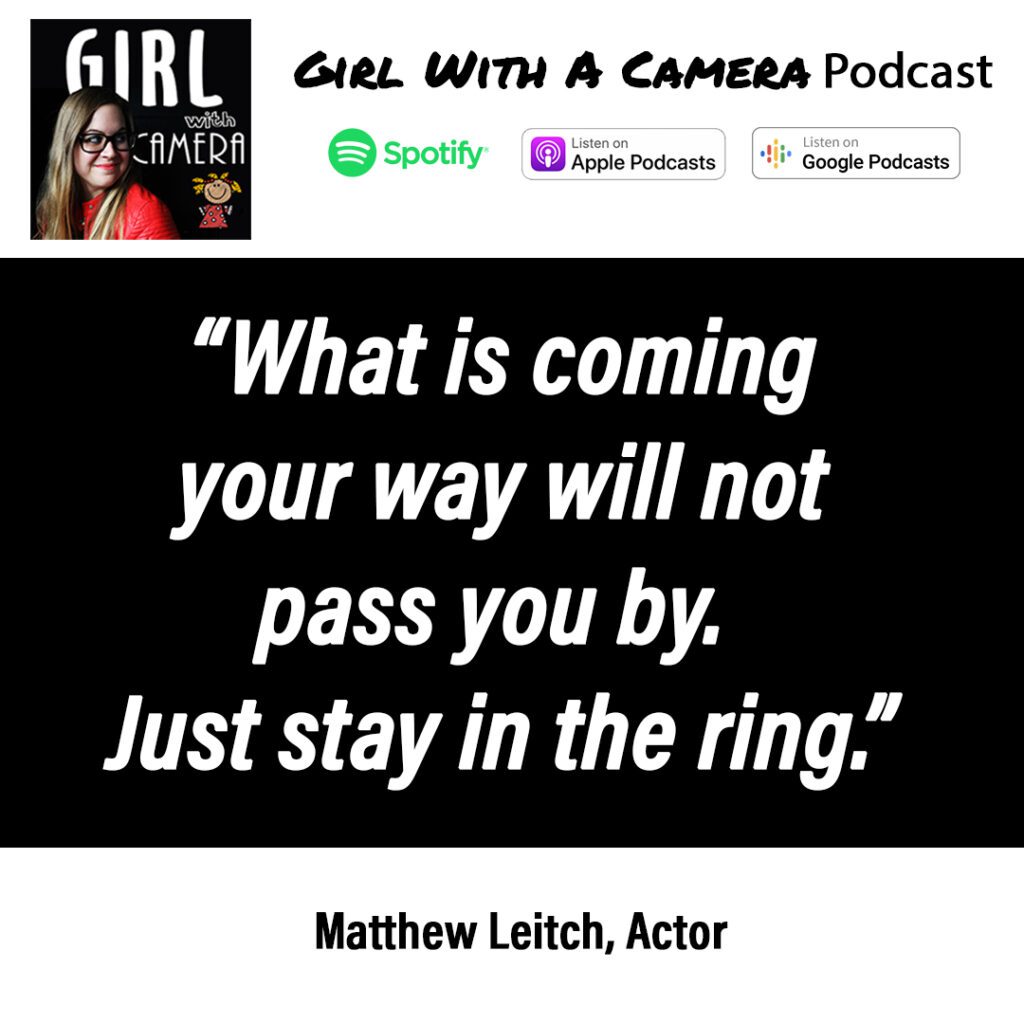
Email Newsletter
If you have an email newsletter for your podcast, sending out show notes to your subscribers can be a great way to keep them engaged and provide additional value. Some podcasters offer show notes in a downloadable PDF format, which can be useful for listeners who want to save the information for later reference. By placing your show notes in these various locations, you can make them easily accessible to your audience while also taking advantage of SEO benefits.
Example of podcast show notes
Podcast Show Notes
Episode Title
How I Hustle on YouTube: Affiliates & Real Talk
Host:
Nicole Ven
Guest:
AskJimmySmith
Duration:
32 minutes
Episode Summary: In this episode, Nicole Ven sits down with YouTube creator AskJimmySmith to discuss the impact of YouTube Shorts on creator revenue. They delve into the challenges and solutions for recovering lost revenue and explore alternative ways to earn money on the platform.
Timestamps:
00:00 – 03:09: Introduction and How 90% Revenue Drop Happened
03:10 – 04:52: Earnings Per 1,000 Views
04:53 – 08:44: Strategies to Get Revenue Back Up
08:45 – 16:22: Alternative Ways to Make Money on YouTube
16:23 – 20:17: Importance of SEO and Thumbnails
20:18 – End: Future of YouTube and Shorts
Key Takeaways:
1. Revenue Impact: The introduction of YouTube Shorts led to a significant drop in revenue for many creators.
2. Earnings Metrics: Understanding how much you can make per 1,000 views.
3. Recovery Strategies: Tips and methods to recover lost revenue.
4. Alternative Income: Other ways to monetize your YouTube channel.
5. SEO and Thumbnails: The role of SEO and thumbnails in channel growth.
6. Future Outlook: What the future holds for YouTube and Shorts.
Resources:
Get 15% Riverside FM Subscription + use code NICOLE15
Jimmy’s Book on Building a Side Hustle
Jimmy’s Youtube channel
Connect with Nicole Ven:
www.nicoleven.com
Instagram
TikTok
Using the same show notes for both the podcast description and a website blog post is a common practice, but there are some considerations to keep in mind:
What should be included in the Podcast Description?
Conciseness: Podcast platforms often have character limits for episode descriptions. You may need to shorten the show notes to fit.
Essential Info: Focus on the episode summary, key takeaways, and timestamps to help listeners quickly understand what the episode is about.
Links: Include essential links like resources mentioned in the episode, but be mindful of the number due to character limits.
What should be included in the Website Blog Post?
Expand Content: You have more space on a blog, so you can expand on the points made in the podcast. You could even include a transcript or key quotes.
SEO: Optimize the blog post for search engines by including relevant keywords, headings, and meta descriptions.
Media: You can include additional media like images, embedded videos, or even the podcast episode itself.
Links: You have more freedom to include multiple links, whether they’re internal links to other blog posts or external links to resources.
Common Elements:
Episode Summary: A brief overview of what the episode is about.
Key Takeaways: The most important points or lessons from the episode.
Resources: Any tools, books, or websites mentioned in the episode.
Guest Info: Information about the guest, including how to connect with them on social media.
Conclusion
Keep the core content consistent across both platforms for brand coherence. Tailor the content slightly based on where it will be consumed. Podcast listeners may want quick, digestible info, while blog readers may expect more depth. Don’t forget my code NICOLE for Podsqueeze to get you 10% off.
By adapting your show notes to suit each platform, you can offer a more tailored experience for your audience while maximizing the reach and impact of your content. If you need further assistance, don’t hesitate to book a session with me.
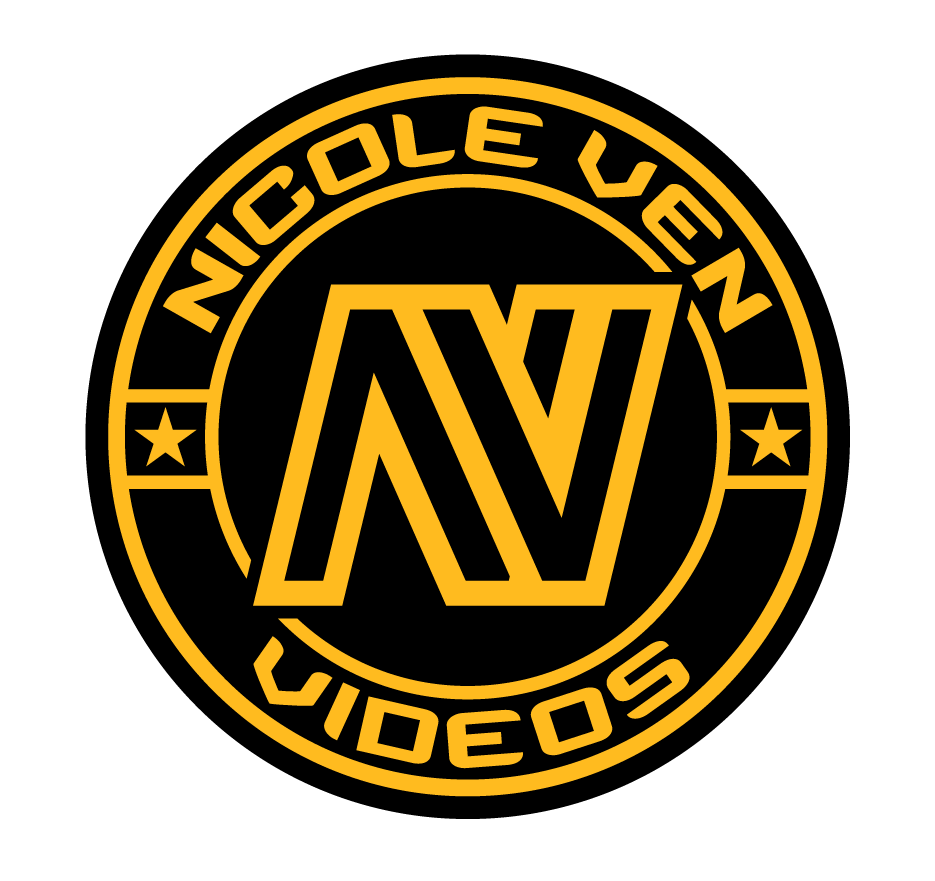

Comments are closed